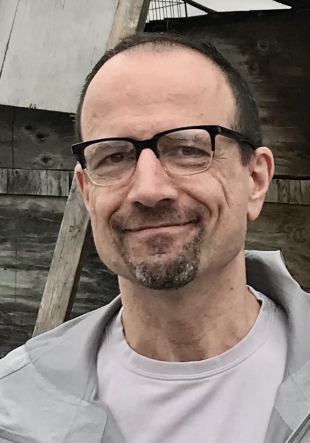Text and Video Documentation for the Domestic Beethoven Annotator App
?berblick
The Beethoven in the House project began in 2020 and ran for three years, ending in 2023. Its
purpose was to aid musicologists in the use of digitized resources for research, allowing users
to access and display digital holdings in distant archives, select and comment on musical
objects in the materials, and share their targeted comments with other researchers. The project
resulted in the development of a prototype for an online app that uses Linked Data to provide
support for storing, sharing, and publishing musical commentary along with the exact fragments
of the digital music resources they reference. This tool is a proof of concept for writing editorial
annotations as Linked Open Data, and was funded in part by the Deutsche
Forschungsgemeinschaft (DFG), Projektnummer 429039809.
While we have produced documentation for our data model, and also for our encoding
methodology, user documentation for the online digital application, for which both the model and
the procedures were developed, is still lacking. This is a significant shortcoming, as a lack of
user documentation greatly limits the life of an application beyond the original project, and it can
severely hinder efforts by other researchers to build upon the work accomplished by the
project's development team. Documentation is also essential when a project endeavors to
adhere to FAIR principles for data management. Without documentation, a project cannot truly
claim its data meets the standard for Reusability, nor can it achieve an even reasonable degree
of Accessibility–remaining opaque and out of reach for most anyone who would use it.
The Beethoven in the House project was predicated on the Open Research model promulgated
by the European Commission, and as Beethoven in the House was funded by a grant from the
Deutsche Forschungsgemeinschaft, it should naturally adhere to Open Research principles as
much as possible. As of this date, the project's Annotator App has no documentation, and there
are no plans to produce documentation now that the project has ended.This project will remedy this deficiency and provide the clear and comprehensive documentation
required for the completed digital research output to qualify as Open Source, and in addition,
will contribute greatly to the software's sustainability.
Included in this proposal are visual media such as screencasts and videos, innovative means of
delivery for software documentation, and methods that remain seldom used for experimental
software. Not all scholars have the patience to wade through user documentation before
attempting to use an app. The use of videos with clearly marked signposts, can greatly speed
the learning process, increasing accessibility of the app and making it more appealing to
musicologists. Supplementing text documentation with video materials also helps in overcoming
language barriers, an important consideration in a research context that benefits from
international collaboration. The videos will cover not only the application and its features, but
also a demonstration of how it was combined with other tools in the Beethoven in the House
workflow.
Key Facts
- Art des Projektes:
- Transfer
- Laufzeit:
- 03/2024 - 05/2024
- Beitrag zur Nachhaltigkeit:
- Hochwertige Bildung



